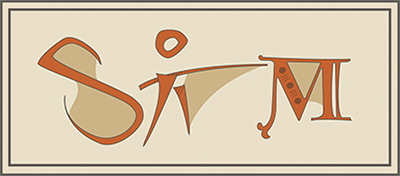At IMC Leeds, 6–9 July, 2020, the special topic will be “Borders”. All SITM members are very welcome to organize sessions about medieval theatre at Leeds – with no need to follow the special topic. Gordon Kipling will organize another session of “new vioces” for young scholars of medieval theatre (as he successfully did this year) – if interested, please contact him (Kipling@humnet.ucla.edu), I will organize a thematic session on behalf of SITM:
Boundaries Between Stage and Audience in Medieval Theatre
IMC 2020 – SITM call for papers
We are used to claim that one of the major differences between medieval and modern theatre is the lack of clear boundaries between the stage and the audience, what is certainly true for processional plays or plays performed on a large simultaneous stage that urges the audience to move with the actors, for scenes that are played within the audience, or include members of the audience, and it is true for performances at an inn. But on the other hand, there is documentation of scaffoldings for the audience, for example for the performances at the Lucerne Wine Market, or for performances in in front of nobility; pageant wagons, the stages of the rederijkers, a tableau vivant or a “burc” has material borders and even on a simultaneous stage, the audience normally does not enter the mansions. The acting space, however, does not need to be restricted to the built stage(s), as little as the audiences’ space has fixed limits, whether there are scaffoldings or not.
For the IMC 2020 with its special thematic focus on “borders”, I would like to invite specialists of medieval and renaissance drama, music, liturgy, art history and civic history to enquire about the flexibility of boundaries between “audience” (or congregation) and “stage” (including performance spaces for liturgical plays in churches) in various kinds of theatrical presentations: Which plays and which parts of plays, or which figures in the plays require a flexible or strictly defined separation between the performers’ and the audience’s space? Can we observe differences in the use of theatrical border lines in the different European and in non-European cultures? What is the effect of a penetration or clear observation of border lines? Do we find any documentation of theatrical boundaries and their flexibility at all?
Please send your ideas for papers (20min) in English, French, or German dealing with this complex of questions to:
Prof. Dr. Cora Dietl (cora.dietl@germanistik.uni-giessen.de)
by September 15, 2019.

